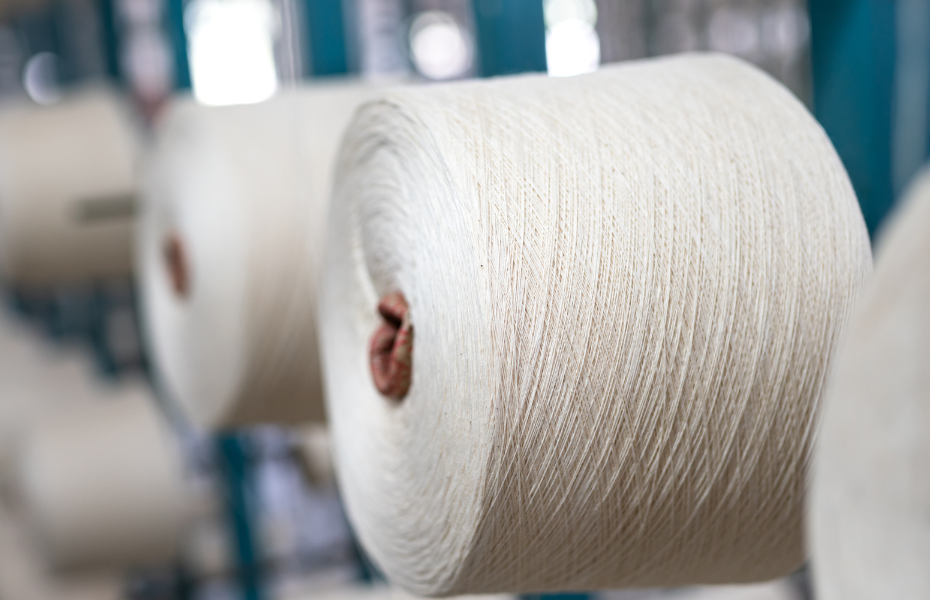Pre-consumer textile waste as a new source of supply
The increase in the need to buy clothes over the last few years has made textile recycling a priority when it comes to preserving the planet. As a result, the sector is changing both in the way it consumes and in the way it produces. Consciousness in production is becoming more and more predominant and this makes recycling fundamental to saving water and energy consumption.
Recycling, a focus in yarn production
Vilarrasa has been involved in textile recycling for more than 50 years, reducing the pressure on production and virgin resources, as well as other chemicals used in the production of synthetic fibres. We also reduce water consumption and the use of dyes. For us, one of our primary objectives has always been the reduction of waste that ends up in landfills, such as pre-consumer textile waste, with the aim of converting it into high quality recycled yarn. This has always given us the opportunity to reinvent ourselves and at the same time meet the environmental challenge.
The government is working on a new waste directive to take into account the collection, reuse and recycling of textiles, due to the increasing volume of seasonal fashion, and companies are considering the reuse of this excess production.
Within the recycling process until high quality recycled yarn is obtained, there are several phases at the production level. Firstly, there must be a classification of waste which must be separated according to colour and material, be it cotton, polyester, etc. At Vilarrasa we analyse all the raw material that is received, as this is a key factor in the composition and quality of the final product. The next step is the defibration where the textiles are shredded, to process them again and spin them.
High quality recycled yarn for new products
High-quality recycled yarn is an excellent option for reducing textile waste and creating new fibres with the same quality. That is why the big brands are betting on companies specialised in the recycling of fibres such as cotton and polyester, fabrics that are very present in their collections.


